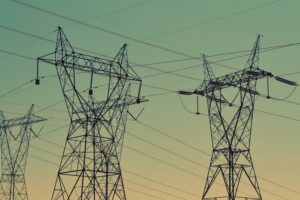1. HAWAII’S STATE LEGISLATORS HAVE BEEN CONSIDERING A PROPOSAL TO ESTABLISH A STATE-RUN BANK TO FUND CLEAN ENERGY PROJECTS. HOW IS THIS BANK SUPPOSED TO WORK.
House bill 1033 would establish a clean energy bank. The bill has been approved by the Senate’s Energy and Environment Committee.
The state-run bank would make low-interest loans to clean energy projects.
Hawaii has $13 million in unspent federal stimulus funds for energy projects, and the bill provides for these funds to provide seed money for the bank.
2. WHAT ARE THE REASONS FOR A STATE-RUN BANK? WHY CAN’T PRIVATELY OWNED BANKS MAKE CLEAN ENERGY LOANS?
Private banks already make clean energy loans. The argument is that they make too few of these loans because neither the banks nor the clean energy providers taking the loan consider the benefits to society from reduced carbon emissions or the national and state security benefits from importing less oil. Because these social benefits are not taken into account, there is likely to be too little lending for clean energy projects.
A state-bank would potentially remedy this by making additional loans to this sector.
3. IS THERE OPPOSITION TO THE ESTABLISHMENT OF A CLEAN ENERGY BANK?
Yes, the state’s private banks and credit unions are opposed, arguing that the state has little experience in running a bank and that it would be poorly run. Of course, they might also be worried that some of their business would be diverted to the new bank.
Others argue that the bank would be captured by powerful interest groups and would lend primarily to politically connected borrowers.
Kalbert Young, the State Budget Director, has testified that the Bank might harm the State’s credit rating and that the Bank might ultimately have to draw on state general funds.
4. SO IS A CLEAN ENERGY BANK A GOOD IDEA FOR HAWAII?
It’s hard to say.
First, public development banks can be very effective when they are properly targeted to a particular task, are sufficiently independent, and are incentivized to minimize costs.
Second, this proposal has not been extensively studied.
Third, there are other policy tools available to address these problems.
A state tax on carbon emissions would be a much better tool for dealing with problems of energy independence and carbon emissions, as it would provide direct incentives for clean energy providers to expand and for private banks to lend to them.
Additional state subsidies for clean energy are also possible, but often prove to be very expensive and subject to fraudulent claims.
Before the state commits to a clean energy development bank, it needs to look more carefully as to how the bank’s lending would be targeted; how the bank would be run without undue political interference; how managers would be incentivized to minimize costs; and whether alternative policy tools might be a more effective way to reap social benefits from reduced carbon emissions and greater energy independence.




